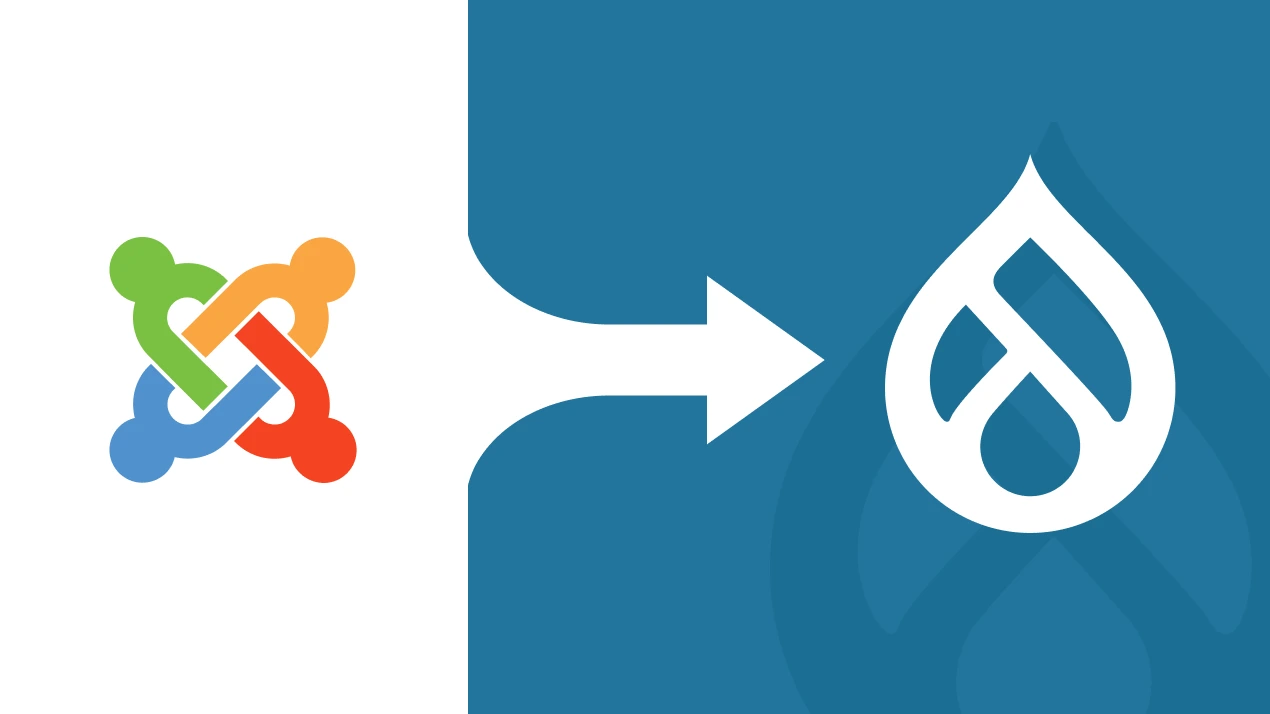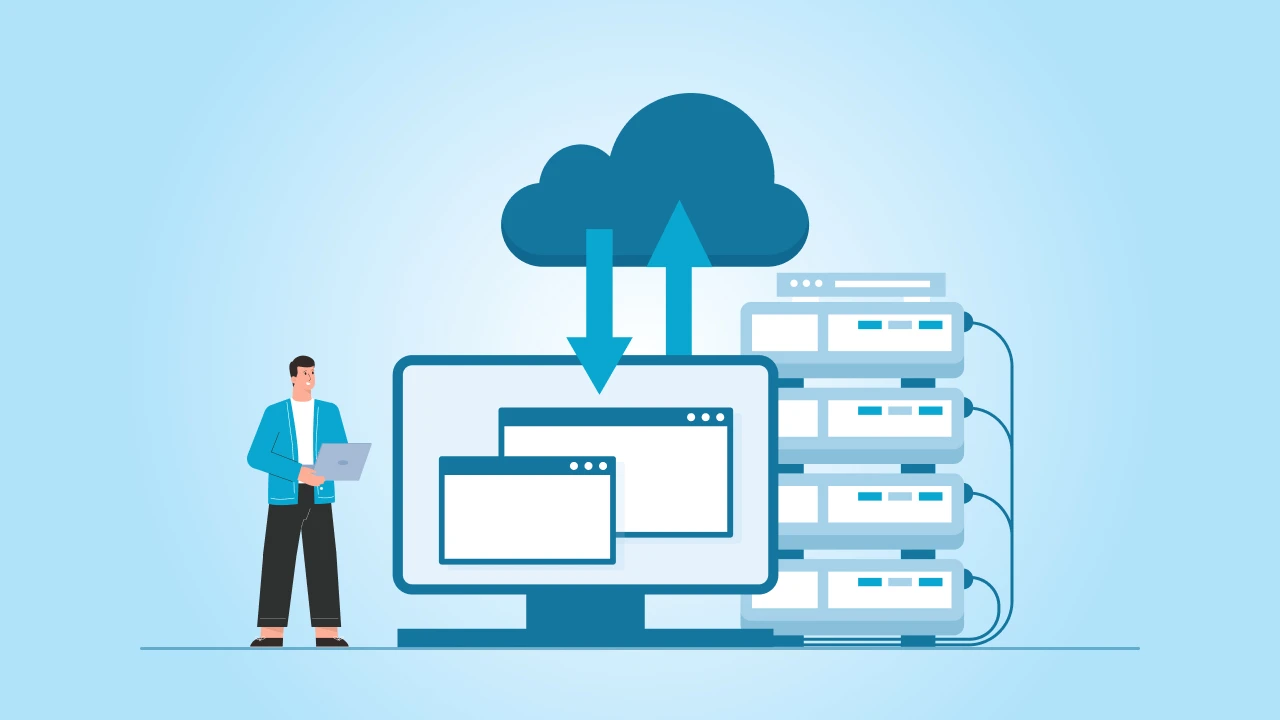Managing a website on Joomla can sometimes feel a little limiting, especially if you are trying to grow or adapt to new challenges. And if that sounds familiar, then it might be time to explore Drupal.
With its incredible flexibility, scalability, and strong security, Drupal is a favorite for all sizes of organizations that want to take their online presence to the next level.
So whether you are running a small business, a large company, or a community-focused platform, switching to Drupal opens up many opportunities.
If you don’t know where and how to get started with Joomla to Drupal migration, we are here to help.
This guide specifically aims to simplify the Drupal migration process, breaking it down into actionable steps while addressing common concerns such as content transfer, functionality replication, and SEO preservation.
So that by the end of this blog post, you will have a clear understanding of how to transition seamlessly from Joomla to Drupal and why it’s a move worth making.
Why Migrate from Joomla to Drupal?
Considering the abilities of Drupal and what it can do to a website, switching from Joomla to Drupal is going to be more than just a platform change. Let’s explore why making this move could be the right choice for you:
- Unmatched Flexibility: Drupal’s modular structure allows you to build anything from simple blogs to complex enterprise-level websites with custom features.
- Better Scalability: Whether your website has 100 or 100,000 pages, Drupal handles growth effortlessly.
- Robust Security: Drupal is known for its high-security standards, making it a trusted choice for governments and large organizations.
- Enhanced Performance: Faster load times and optimized caching ensure a better experience for your visitors.
- Active Community and Support: Drupal has a vibrant community of developers and users who continuously improve the platform and offer support.
Pre-Migration Planning
Before diving into the migration process, it’s essential to plan thoroughly to ensure a smooth transition. Here’s what you need to do:
- Audit Your Current Website: Identify all the content, features, and extensions on your Joomla site. Decide what needs to be migrated and what can be left behind.
- Set Goals: Define clear objectives for the migration. Are you looking to improve performance, enhance user experience, or add new functionality?
- Backup Your Joomla Site: Create a complete backup of your Joomla website, including the database and files. This ensures you have a fallback in case anything goes wrong.
- Choose the Right Drupal Version: Select the Drupal version that best suits your needs. Drupal 9 or later is recommended for the latest features and security updates.
- Plan Your Hosting Environment: Ensure your hosting provider supports Drupal and has the necessary resources for your new site.
Partner with cmsMinds to transform your Joomla site into a dynamic Drupal platform.
Different Methods of Migrating from Joomla to Drupal
Manual Migration Process
Manual migration involves moving your content, media, and functionality manually from Joomla to Drupal. This method provides complete control but can be time-consuming and requires technical expertise. The process includes:
- Exporting content and data from Joomla using export tools or by manually extracting database files.
- Importing the data into Drupal using tools like CSV importers or direct database queries.
- Rebuilding your site structure and features manually within Drupal, including content types, menus, and user roles.
- Testing all pages to ensure proper formatting and functionality post-migration.
Automated Migration Process
Automated migration uses tools and scripts to transfer content and configurations. This approach is faster and minimizes errors but may require additional adjustments post-migration.
Popular tools are:
- CMS2CMS: A paid service that facilitates automated migration of content, menus, and other elements with minimal intervention.
- Custom Scripts: Developers can create tailored scripts to automate migration for unique use cases, ensuring data is mapped correctly.
Migration Through Drupal Modules
Drupal offers modules like the Migrate and Migrate Plus modules, which streamline the migration process by connecting directly to your Joomla database.
You can start with:
- Installing the Migrate module and its dependencies on your Drupal site.
- Configuring the migration paths and mapping Joomla entities (like articles, users, and menus) to their Drupal counterparts.
- Running migration commands to pull content and settings directly into Drupal.
- Reviewing and refining migrated content to match your new site structure.
Migration Through WordPress
If your site was previously migrated from Joomla to WordPress or if you plan a dual migration, you can use WordPress as an intermediary. Migrate from Joomla to WordPress first, then use WordPress-to-Drupal tools to complete the transition.
This approach is less common but may suit specific scenarios, especially if you’re already familiar with WordPress.
Preserving SEO During Migration
SEO is a crucial factor during migration. Here’s how to maintain your search engine rankings:
- Maintain URL Structures: Keep your URL structures consistent to avoid broken links.
- Set Up Redirects: Use 301 redirects to point old Joomla URLs to their new Drupal counterparts.
- Optimize Page Speed: Ensure your new Drupal site loads quickly by optimizing images, using caching, and leveraging a Content Delivery Network (CDN).
- Update Metadata: Migrate and optimize your page titles, descriptions, and headers.
- Monitor Analytics: Track your website’s performance using tools like Google Analytics and Search Console to identify and resolve any issues.
Post-Migration Best Practices
Once your site is live on Drupal, follow these best practices to maximize its potential:
- Train Your Team: Familiarize your team with Drupal’s interface and features to ensure they can manage the site effectively.
- Monitor Performance: Regularly check your website’s performance and fix any issues promptly.
- Gather Feedback: Listen to user feedback to identify areas for improvement.
- Keep Drupal Updated: Stay on top of Drupal core and module updates to maintain security and functionality.
Common Challenges and How to Overcome Them
Migrating from Joomla to Drupal can come with challenges, but they’re manageable with the right approach:
- Content Formatting Issues: Test and adjust content formatting during migration to ensure consistency.
- Extension Compatibility: Identify equivalent modules in Drupal or develop custom solutions for unique features.
- Downtime: Plan your migration during low-traffic periods and use maintenance mode to minimize disruption.
Conclusion
Switching from Joomla to Drupal isn’t just a tech upgrade—it’s about opening up so many new possibilities for your website. Think about it: better scalability, stronger security, and the kind of flexibility that lets your site grow and evolve with ease. Sounds pretty great, right?
The good news is, that with a bit of planning and following the steps we have outlined, you can make this transition smooth and stress-free. So, if you have been considering the idea of making the switch, now’s the perfect time.
Contact cmsMinds today for expert guidance and a seamless transition tailored to your needs.





